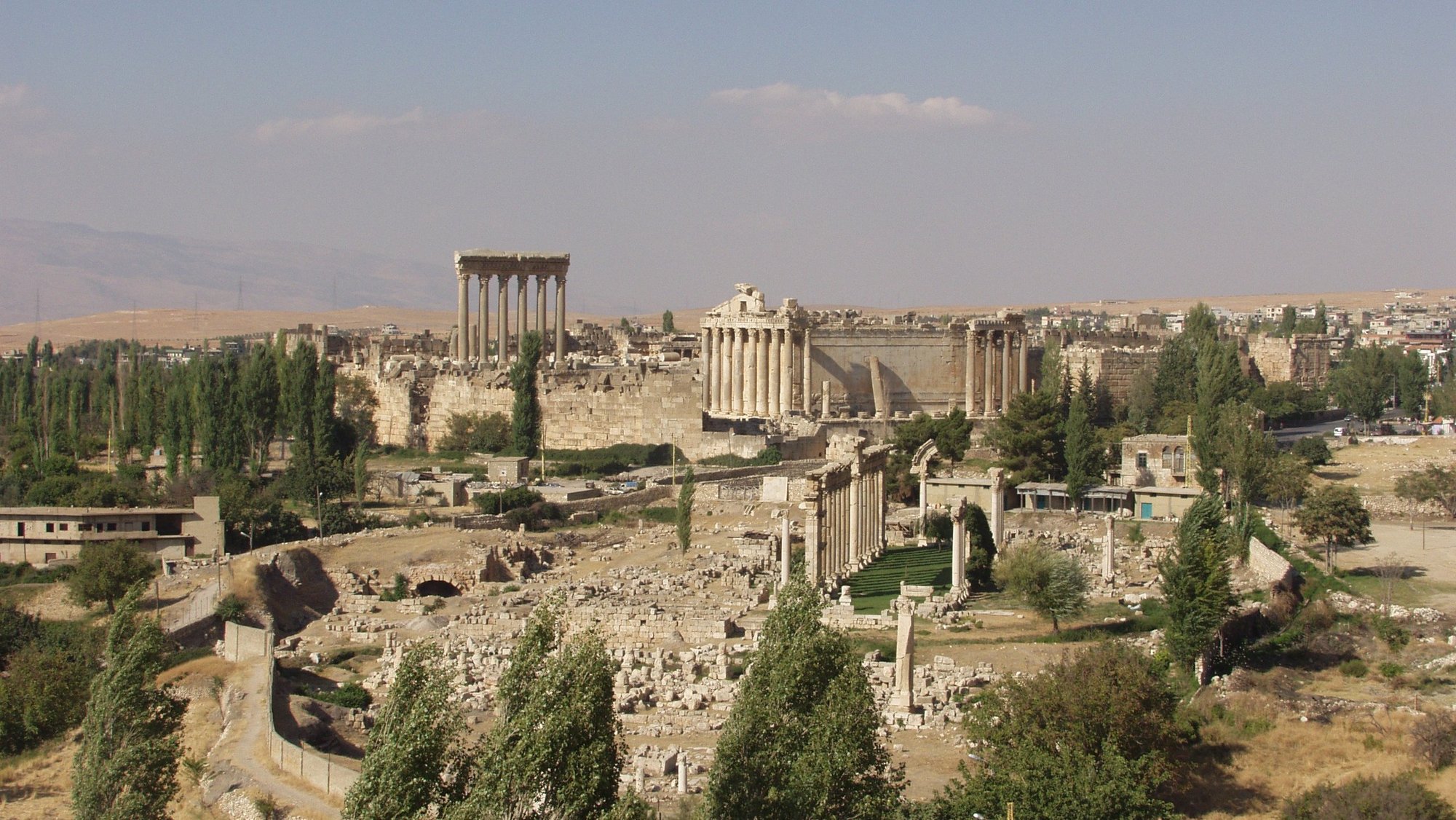Overview
After the end of the civil war in 1991 archaeological investigations could again be envisioned; in 1997 a co-operation program was inaugurated between the DGA and the Deutsches Archäologisches Institut (DAI). Since the summer of 2001 architectural and archaeological remains uncovered during excavations in the 1960s and 1970s are being documented and analyzed. In addition, a survey of the architectural remains of the Ottoman houses of Baalbek and a field survey in the surrounding countryside are carried out.
Three big Roman temples formed the layout of the city throughout the centuries and were always in the focus of archaeological work at the site:
The sanctuary of Jupiter, one of the largest temple complexes of the Roman world, consisted of a temple with two successive courtyards. Huge substructures or rather podiums were constructed in the whole area, in order to elevate the complex above the plain. The temple can be reached through monumental stairways. Only six columns of the outer colonnade of this temple as well as parts of the pediment are preserved.
A far better state of preservation is displayed by the so-called temple of Bacchus, which was constructed in the 2nd century AD with a similar layout next to the temple of Jupiter. It was also erected on a podium, but is lower in height. The temple is preserved up to the level of the roof support and conveys a good impression of the rich architectural decorations of the temples of Baalbek. Its dedication to Bacchus is based on two reliefs flanking the stairway leading up to the cella, and the relief over the lintel depicting an eagle with a caduceus could support this interpretation as well.
The third temple, the so-called temple of Venus, was – just as the temples of Jupiter and Bacchus – always visible and in use for the last 1800 years. It is a small round temple with “baroque”, concave outer walls constructed in the 3rd century AD. Although its attribution to the goddess Venus is certainly wrong, this traditional name will be used until a more secure identification is possible. In this precinct a second temple was unearthed by the Lebanese mission (the so-called Temple of the Muses)
A monumental processional stairway led up Sheikh Abdallah hill. It could be attributed to the temple of Mercury as it was depicted and named on coins of the time of the older Philippus. Thus, the position of the temple of Mercury could be determined. The Heliopolitanean trias consists of the three divinities Jupiter, Venus and Mercury.
To the south, inside and outside the city walls, further medieval and Roman buildings were detected and excavated in an area with the modern name of “Bustan el Khan” and “Bustan Nassif” before the outbreak of the Civil War. Along the Roman road leading south additional ancient buildings were discovered as a Roman bath and banquetting hall, for example.

